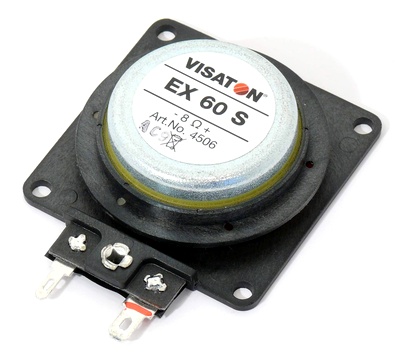
A loudspeaker without a membrane which can be mounted on any flat surface solves aesthetical and technical problems.
Fans of HiFi sound and similar „audiophils“ usually don´t cover their loudspakers and surely not their membranes. Firstly, to cover a beautiful top-class loudspeaker is almost a sin 🙂 and naturally all that stands in a way of sound usually influences it in a negative way.
However, totally different situation is in traffic, audio bells, industrial conditions, in various kiosks (POS) and other applications. Here a loudspeaker is usually mounted behind various covers so as to be protected from mechanical damage. For these applications we can use various industrial loudspeakers which are available in dust- and water-proof versions.
If we go even further, applications where even a perforated loudspeaker cover is undesirable – weather from aesthetical or a technical point of view. For these purposes German company Visaton offers elegant solution – “Exciter”. Visaton Exciter is in fact a loudspeaker without a membrane optimized to be mounted on a flat panel, where by a mechanical connection with a given surface a final “loudspeaker” arises.
How does it function?
Do you remember the physics from a primary school and something about Newton´s law of action and reaction? This is exactly the same principle. Electromagnetic field in loudspeker´s coil acts by a force on a front plate of the Exciter and also on a rear part of the loudspeaker (the magnet). As a rear part with a magnet is much heavier than the front plastic one, the loudspeaker has sufficient “reserve” to efficiently wobble a given panel (on which it is mounted). This way a panel becomes a membrane.
To reach the highest possible efficiency, it´s desirable to mount the Exciter on the panel which is relatively thin and lightweight. An extreme example it might be to mount the Exciter on (infinitely) rigid panel and then a rear part with magnet would oscillate, i.e. the sound would be produced only backwards – behind the panel. It´s easy to imagine, that resulting properties of a sound generated by Exciter are strongly dependent on a panel on which it is mounted. That´s why a frequency response can´t be found in the datasheet. As for mounting – it can be done by screws or by glueing.
Usable materials and shapes:
- the bigger the surface, the better reproduction and volume of low frequencies
- efficiency (and the volume) is higher at light-weight panels
- the panel should be rigid (anti-resonant) and from a non-magnetic material
Advantages::
- „invisible “ loudspeaker
- completely protected from environment influence (weather, water, vandalism,…)
- easy installation
- able to produce quality sound in a wide radiation pattern
- usable on many materials including plexi-glass (acryl) and glass
Disadvantages:
- lower efficiency in comparison to standard loudspeakers
- devices, which can touch a vibrating panel can cause sound distortion
- acoustics strongly dependent on a material, dimensions and a shape of the panel
Further tips for practical usage as well as a list of suitable materials (panels) can be found in the EX45S, EX60S datasheets as well as in the “Principles of Exciter technology” description.
We´re able to supply you Visaton Exciter in a short leadtime at favourable conditions. Many other Visaton components belong to our standard stock offer.

Visaton Exciter – an exciting loudspeaker – [Link]





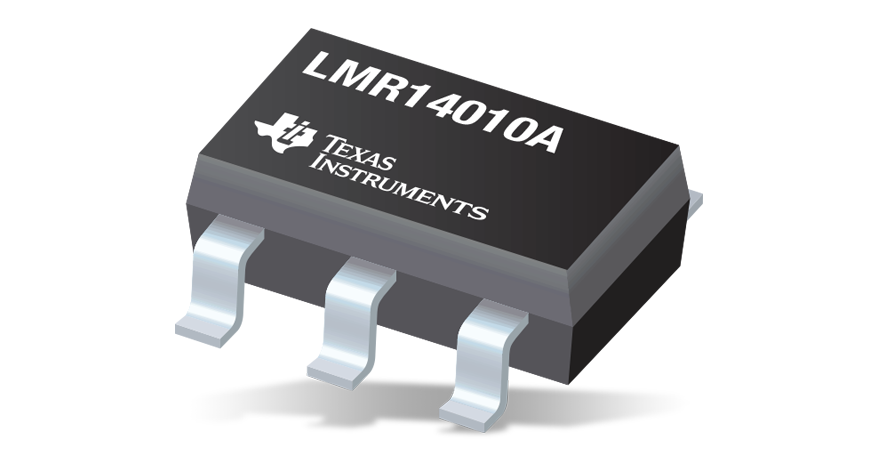

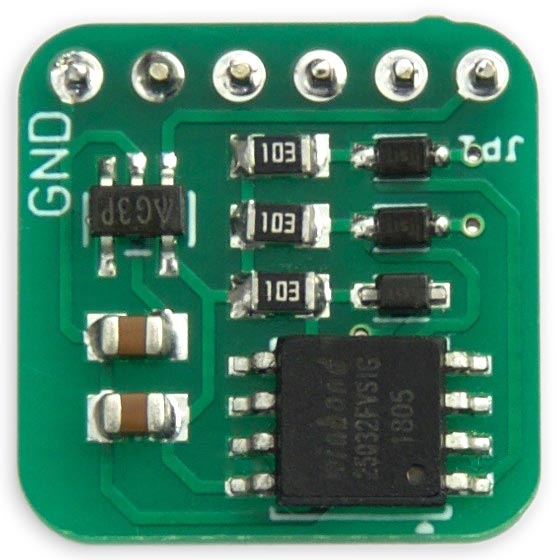
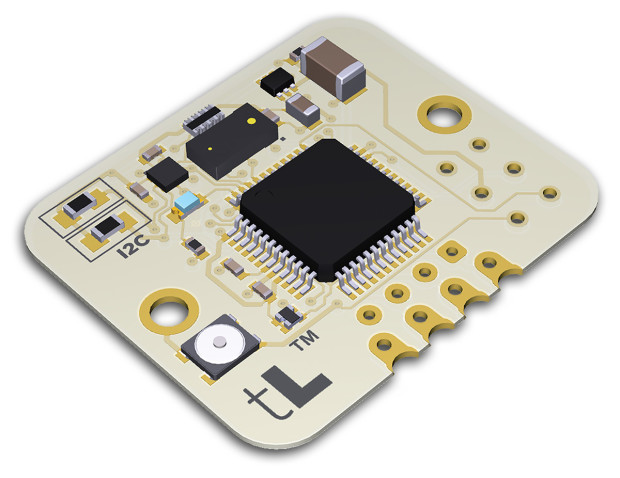
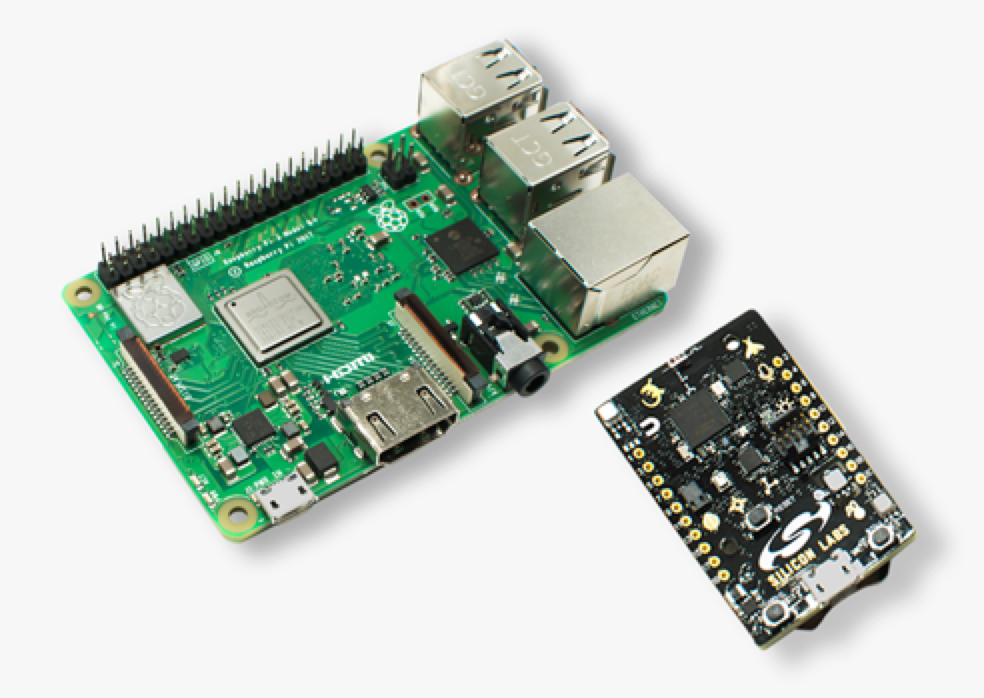
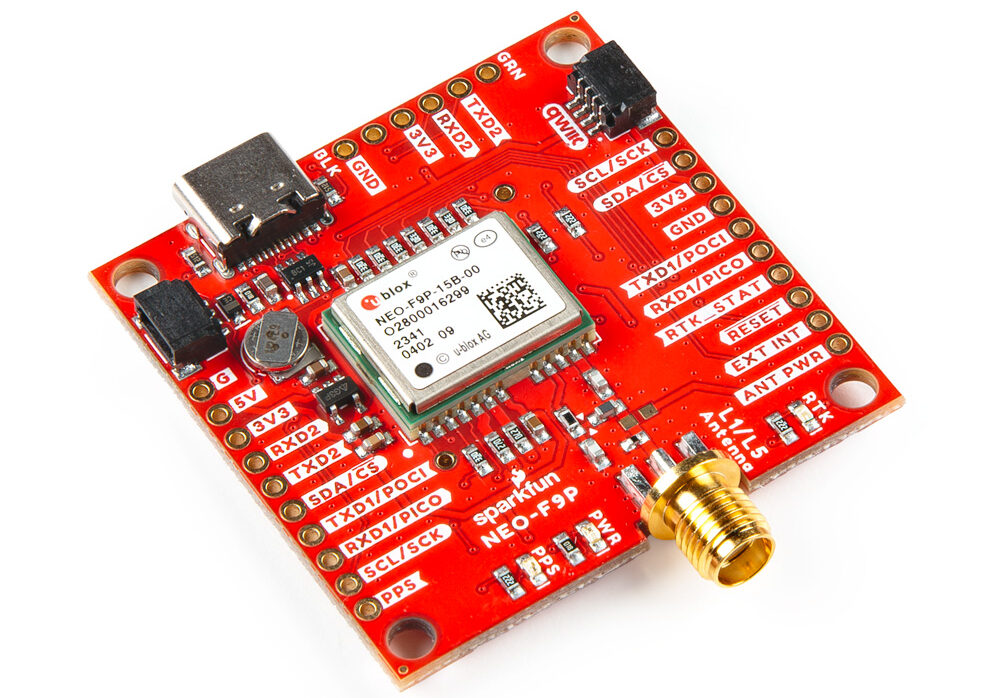





It is not a new idea. Things like this were used a long time ago to make a wall produce distorted sounds.
The frequency response depends entirely on the material this exciter is mounted on.
The examples show a HORRIBLE frequency response full of resonant peaks with nulls between them.